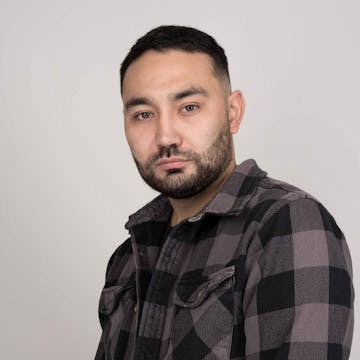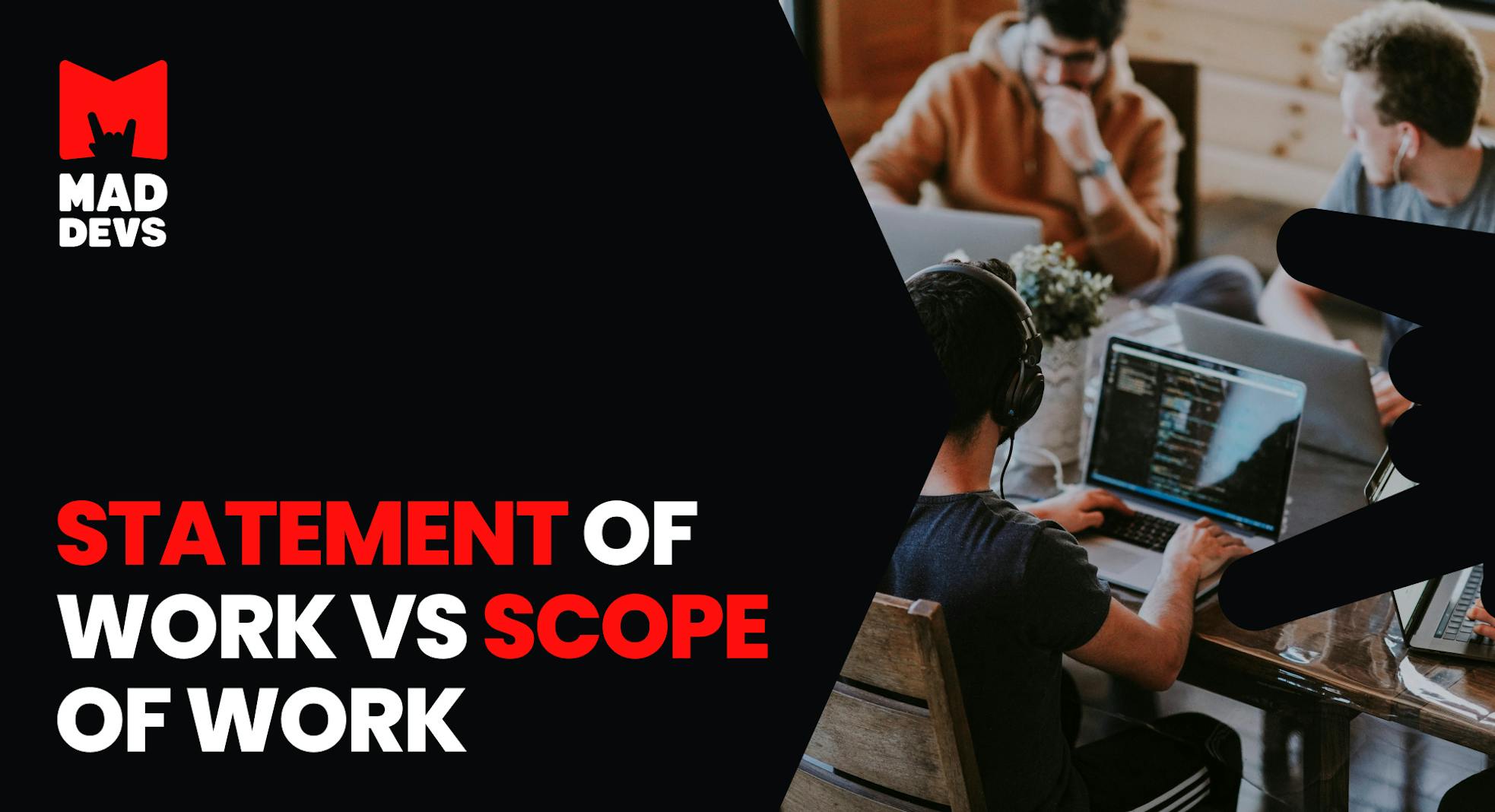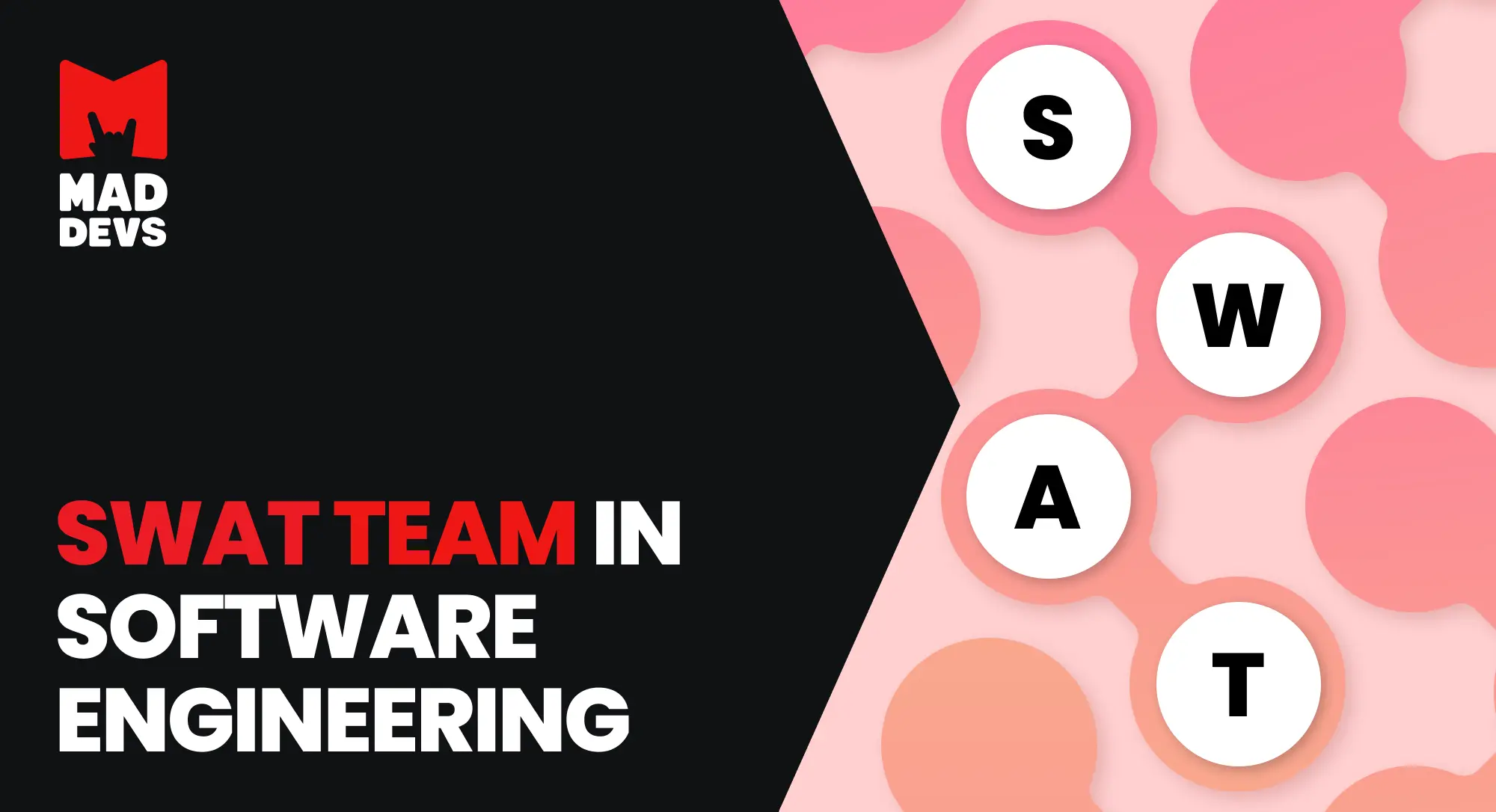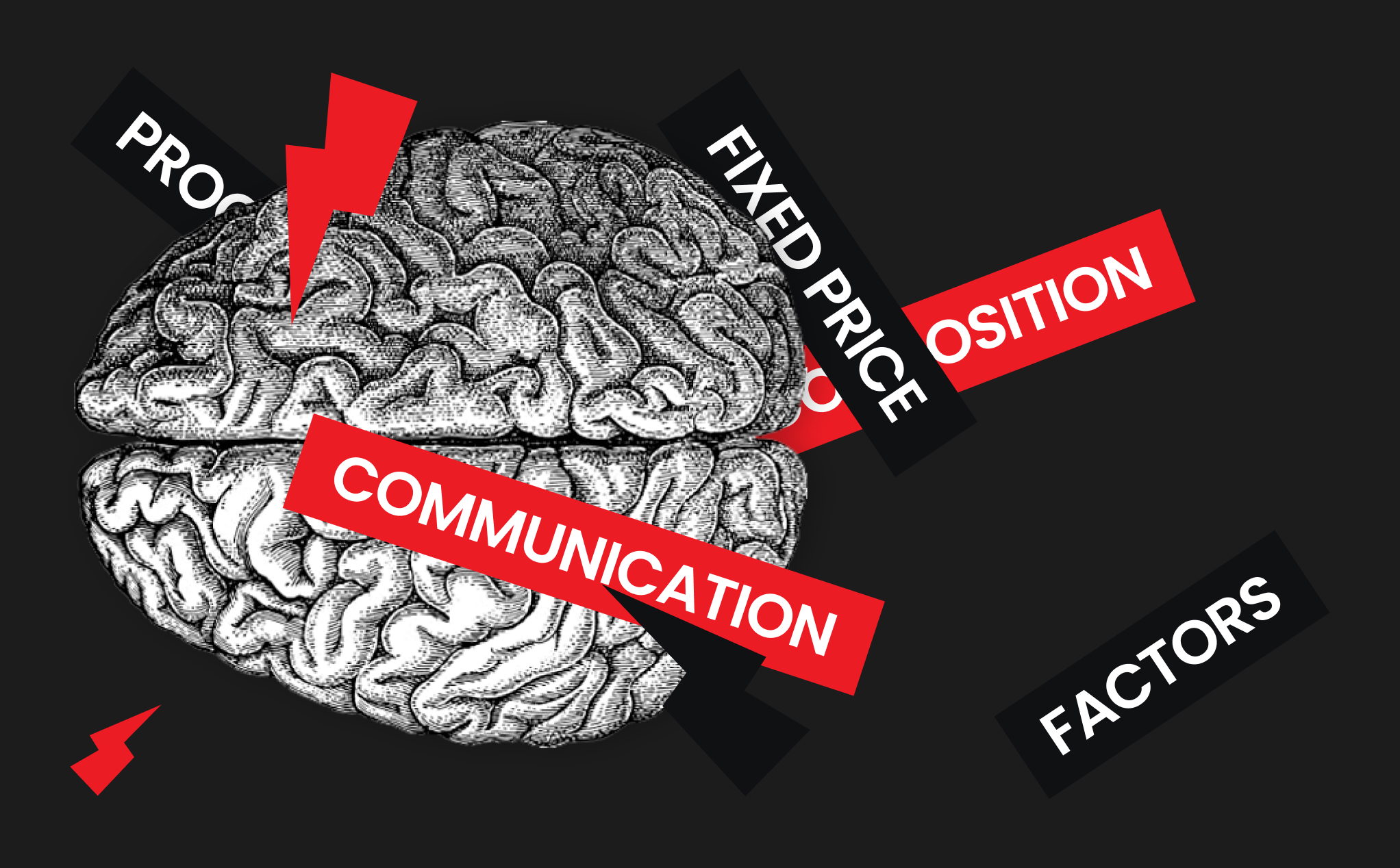When your business reaches a new level, it may need to expand or even form a new team to complete tasks on a large scale. If you give an assignment to the team without a detailed description, for example, "Make a delivery application." Briefly and concisely. Most likely, it will lead you to an unexpected result. But if you prefer reliability and high-quality performance, you will inevitably face the preparation of a statement of work and scope of work. At first glance, it seems that they contain the same thing. But there is a difference. And knowing this difference will make your projects great. Not again. But consistently great.
Let's take more in-depth on the statement of work.
What is a statement of work
The Statement of Work, or SOW, is a legal document, a binding contract between you and service providers, that describes what needs to be done to get the desired project. This document is typically composed before the start of work to define its goals, values, tasks, budget, deadlines and more.
From our experience, we can say that usually, all the customers make the statement of work. However, at Mad Devs, we often assist in drafting this important document with advice and guidance. After all, some stages can be soberly assessed only by technical specialists who have performed similar tasks more than once.
SOW bases on three pillars:
- Business needs – to determine the current situation in the company's business and identify problems or opportunities that the new product can respond to.
- Product description – to detail the characteristics and features of the project to get the desired result easily.
- Strategic plan – to outline the steps to be taken to launch the project and desired deadlines.
This document helps the specialists you have hired to regulate work expectations and milestones. The purpose of it is to eliminate controversy and miscommunication.
Writing a statement of work can seem like a daunting task, as it displays many points. But this is only at first glance. The structure will help in this.
How to write SOW
Some key tips help you draft a solid statement of work that your external team understands everything they need to know about the project. The most important sections are:
Purpose of project
Remember that in the beginning, there was the Word? Similarly, at the beginning of a new product or service, there is a stated purpose. The ultimate goal defines the entire path from idea to project launch.
Place of work
Mention place/site of project execution. Sometimes you also have project teams in different cities/countries. It is necessary to indicate it in the document.
Scope of work
List requirements, specifications, notices and design-related references. It is all about the project life-cycle. The scope of work can stand alone if your project doesn't need an SOW in some stages of development.
Milestones & deliverables
Write down all measurable tasks in minor details and due dates according to the strategic plan. To avoid long time frames during which your project can lose its relevance.
Schedule
Indicate the timeline for the phase-out of the project. When it starts and when it needs to be finished. This is a negotiable section. It requires analytics from the team, which will be responsible for the execution of tasks.
Project cost & budget
Unlimited budgets are rare in business. Therefore, it is necessary to distribute the budget across all stages. This forms the scope of work, baseline plan and schedule of the project.
Standards & testing
Testing requirements, standards, and legal compliance should also be noted. For example, they are any terms and conditions, such as IP rights, proprietary info, non-disclosures, and confidentiality agreements.
Success/failure
This can be one of the most critical parts of an SOW. Write down your collaboration expectations – the final product, amount of budget allocation, communication during work. In other words, clarify what can be considered as project success. And what you would like to avoid.
If you've read this far, then congratulations! You've collected all the Pokémons. Now you know all the points you need to specify to compose an accurate and unambiguous statement of work.
But, as indicated above, one of the listed sections can be strong and independent and exist individually. Yes, it is the scope of work. And it's time to talk about it in more detail.
What is the scope of work
Scope of work is a kind of document stating what hired team will be doing during the project implementation. In other words, it is a guideline for understanding what needs to be done, the foundation of project planning. Scope of work agrees on the requirements for the project and identifies potential risks that could interfere with the workflow. If you do not prescribe it, you will most likely be faced with unexpected tasks that will steal your time and resources and get into your budget.
For example, when a team sees all tasks sequentially, it can be caught early on that one task conflicts with another. And you can immediately adjust the schedule and deadlines. So you can run with the hare and hunt with the hounds. The working process and the final product will not suffer.
Does it seem that this is about the same as the SOW? Don't jump to conclusions. Let’s look at the structure.
How to write scope of work
To start writing the scope of work, you can imagine it like a roadmap that can guide a team through the process. And it is no matter what task you face, from a website redesign to building a new app or feature. The following sections generally make up a scope of work:
Project overview
Include brief information related to the project. It can be background, goals, problem statement and people who are involved in it.
Tasklist
Designate global tasks and subtasks. You can also split the work into phases. For example, you have a website redesign task. The first phase is "research and planning." The second phase is "prototyping and wireframe pages." Then it is "design and development." And the last but not least phase is "testing."
Deliverables & timeline
Determine when the project will begin and will end, all the phases with working days. And don't forget to mention what achievements will be accomplished along the way.
Expected outcome
The result of the project must be the answer to the problem statement. Be specific here to establish clear expectations for contractors/clients.
Reports
You need to receive status reports, progress reports, and variance reports to track the project's progress. Define how you will get reports and when to expect them.
Some of the scopes of work include a glossary of terms, an overview of acronyms, and additional reference material that can help reflect the complete picture of the project and impact the success of the execution.
So, there are significantly fewer points, but more emphasis on tasks.
The bottom line
When it comes to the statement of work (SOW) and the scope of work, it is always very easy to get confused. To understand this once and for all, you just need to remember the essence of these two types of documents.
Statement of work is a legal contract to describe your business goals, services and results delivered by a project. At the same time, the scope of work gives the vision to arrange tasks and steps to complete the project. The scope of work can be a section within the SOW. Think of it as if you wanted to bake a chocolate cake and have cocoa powder and chocolate bars. You can use both ingredients. Or you can only add only cocoa powder to the dough. It all depends on what kind of cake you need.















